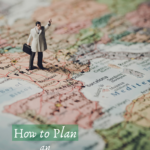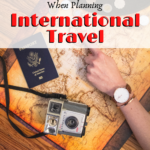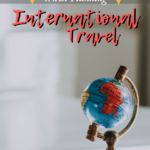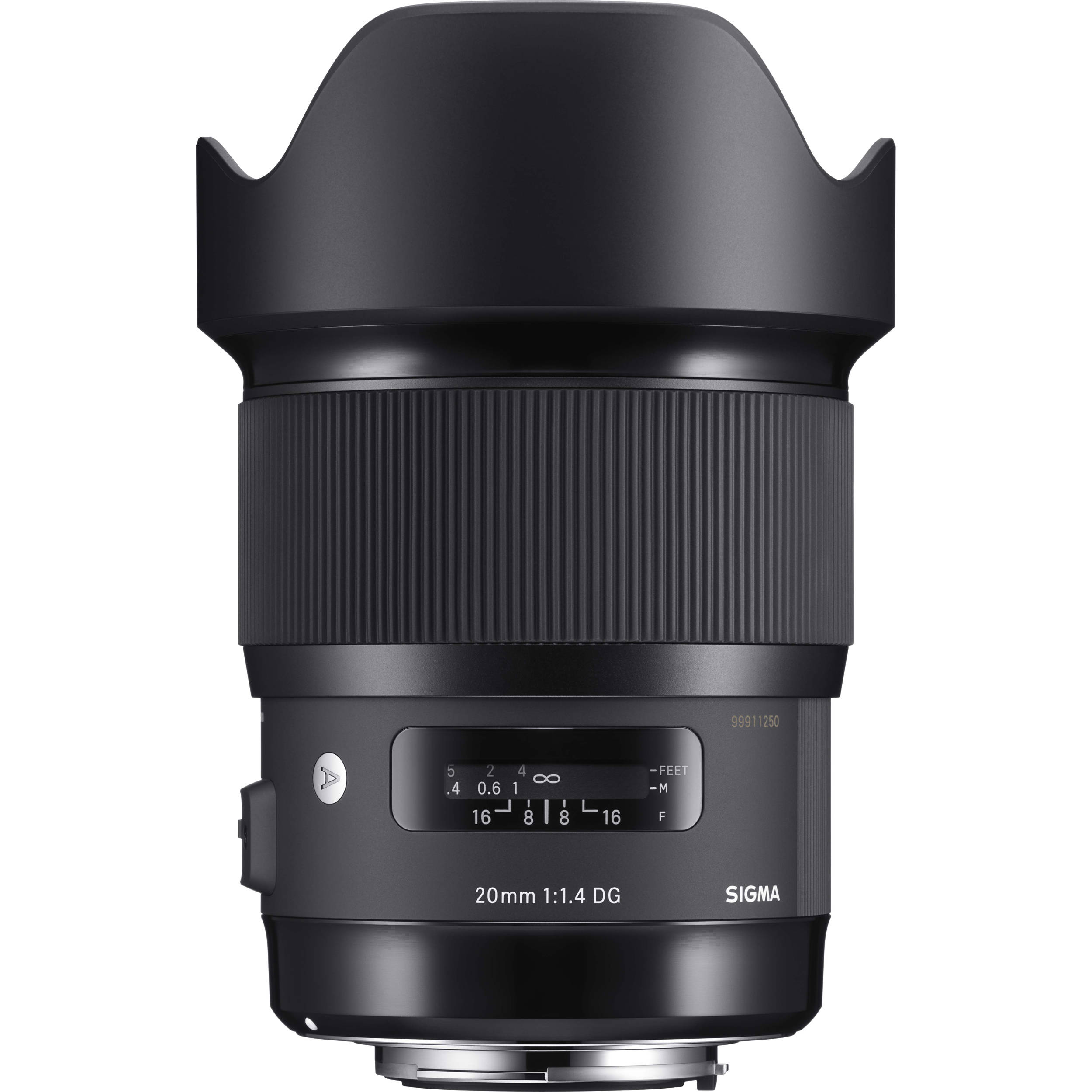Planning an international trip can be an overwhelming task, especially when it’s a new destination or you don’t travel often. I am using my years of planning trips (ones that I went on and ones that I’m dreaming about) to bring you this guide. I hope to make your planning process a little bit easier so you can stress less and enjoy the process more! Here are my top things you should research when planning an international trip:
This site may contain affiliate links to products. We may receive a commission for purchases made through these links, at no cost to you
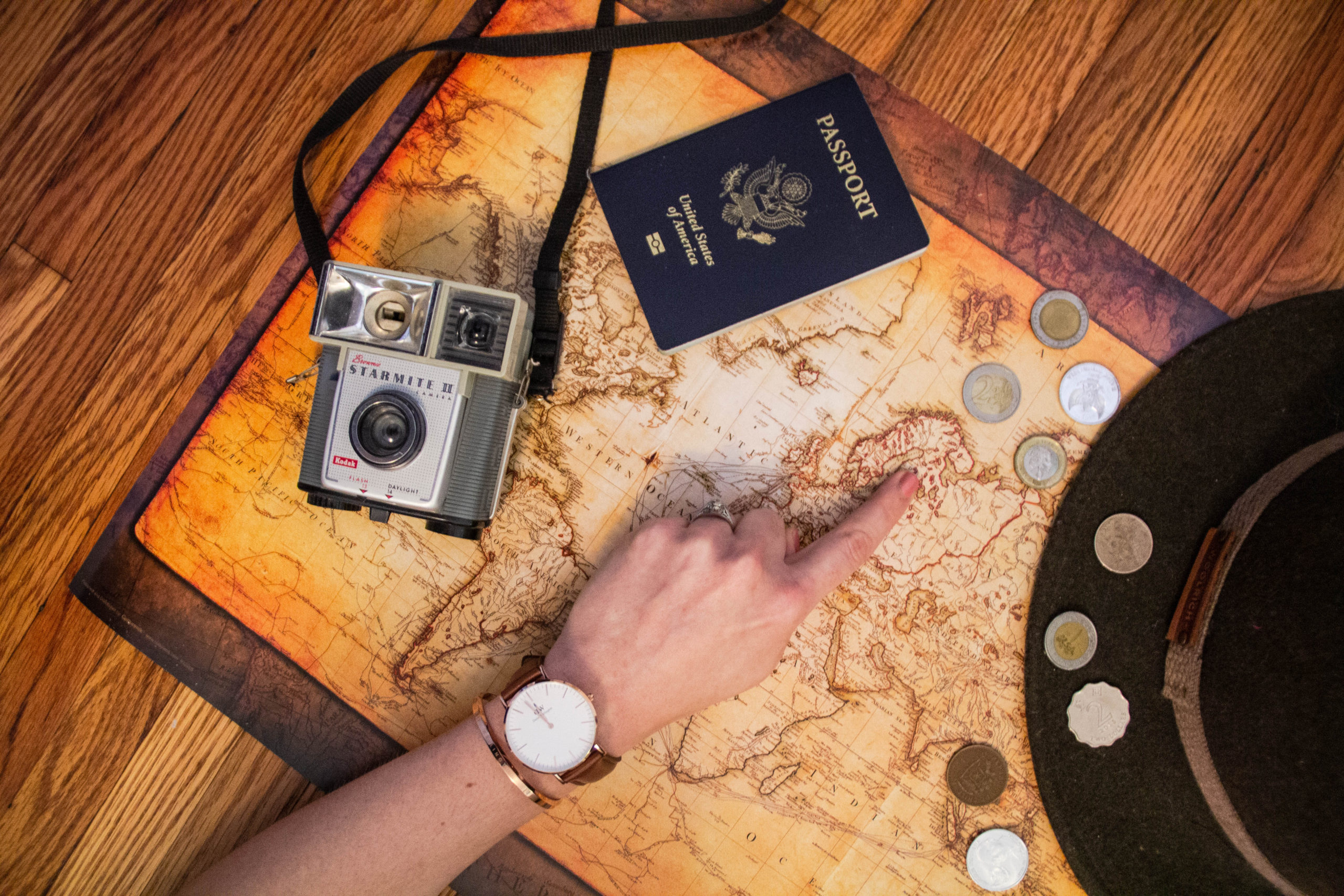
Tipping Culture
American culture is huge on tipping. When I was a restaurant server it used to irritate me to no end whenever I waited on foreigners and they didn’t tip. I felt like it was their duty as travelers to research gratuity in other cultures, because tipping practices are different everywhere. In America we have to tip freaking everybody, as much as my wallet protests. Knowing how much to tip is important because it could be the difference between a pleasant transaction and a local yelling at you on the street.
Knowing tipping culture will help you have smooth interactions with locals, and you’ll also know whether you’ll need to keep small amounts of cash on hand. For instance, in Egypt tipping (called baksheesh) is king. Almost everyone you interact with will expect a tip, so having small amounts of money on you is extremely helpful. Sometimes you may visit a place where tipping generally isn’t customary (like Cambodia), but the wages are so small that tipping is greatly appreciated and will get you awesome service. Other times, it might be normal to tip in restaurants but not your cab driver, and so on. Who to Tip is a great no-frills website with a lot of great location-based tipping information.
International Travel Vaccines

Although sometimes a controversial subject, vaccines are not something to take lightly (especially when traveling). In my opinion, it’s better to know before you go and just get the recommended shots ahead of your trip. I don’t believe that anyone wants to risk getting stuck in a foreign country with some exotic disease, with who knows what level of care. In fact, there are several countries which REQUIRE proof of certain vaccines (mainly Yellow Fever) for entry! You can find out some comprehensive tips on getting vaccinated here or go straight to a great source of info at the United States Center for Disease Control website here.
Make sure that you get the vaccines a few weeks before you travel, because they may require more than one dose or take a while to fully protect you. While you’re getting your shots is a great time to talk to your healthcare provider about other ways to keep yourself healthy during travel. They may provide certain prescriptions which can be great for common travel illnesses such as *ahem* tummy distress. We’ve all been there, amiright?
Transportation
To me, one of the most complicated things about international travel is transportation. There are so many options and it can get complicated, so it’s much easier to at least have an idea about the best transportation before you arrive at your destination. Here are a few things to consider:
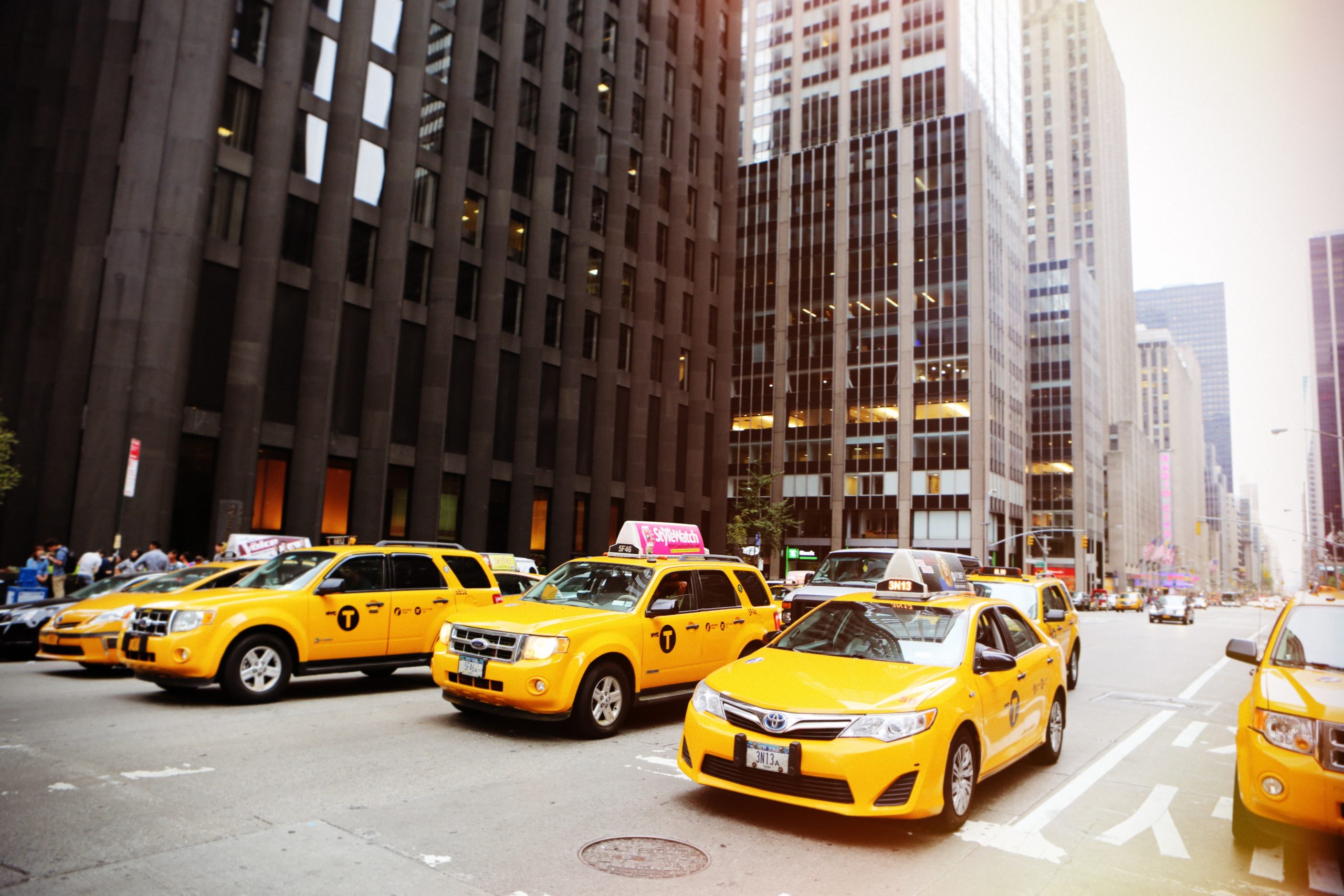
Going from the airport to your lodging (or wherever your first stop is)
This is often the hardest part for me when I’m doing international travel; I’m usually exhausted from a long journey, disoriented by a new country, and dealing with time change and culture shock. The easiest thing is to have transportation arranged ahead of time; a driver already there waiting for you. It may be a splurge but I personally think it’s worth it just for your first ride. If you’re on a strict budget, at least have your way to your first hotel or destination planned out; know what the taxi fare should be, what bus you need, the train schedule, etc. Try to make it as easy on yourself as possible and save the adventures for when you’re rested.
Figure out your options, and find what’s best for your trip
There are so many transportation options that it can be overwhelming. I’m going to break down the main methods and the considerations you should take for each.
Renting a Car
This is my personal favorite way of getting around; there’s nothing like the freedom of having your own car. If you’re planning on visiting rural areas, this might be the way to go. There are considerations when renting a car, however. You should check whether or not you’ll need an international driver’s license, as it may be required. It’s quite possible that you’ll have to rent a car with a manual transmission, so you’ll want to be comfortable driving a stick or travel with someone who is. Also, check which side of the road you’ll be driving on! You’ll also want to be sure it’s safe to drive yourself. There are some areas of the world where it may not be safe for tourists to drive on their own.
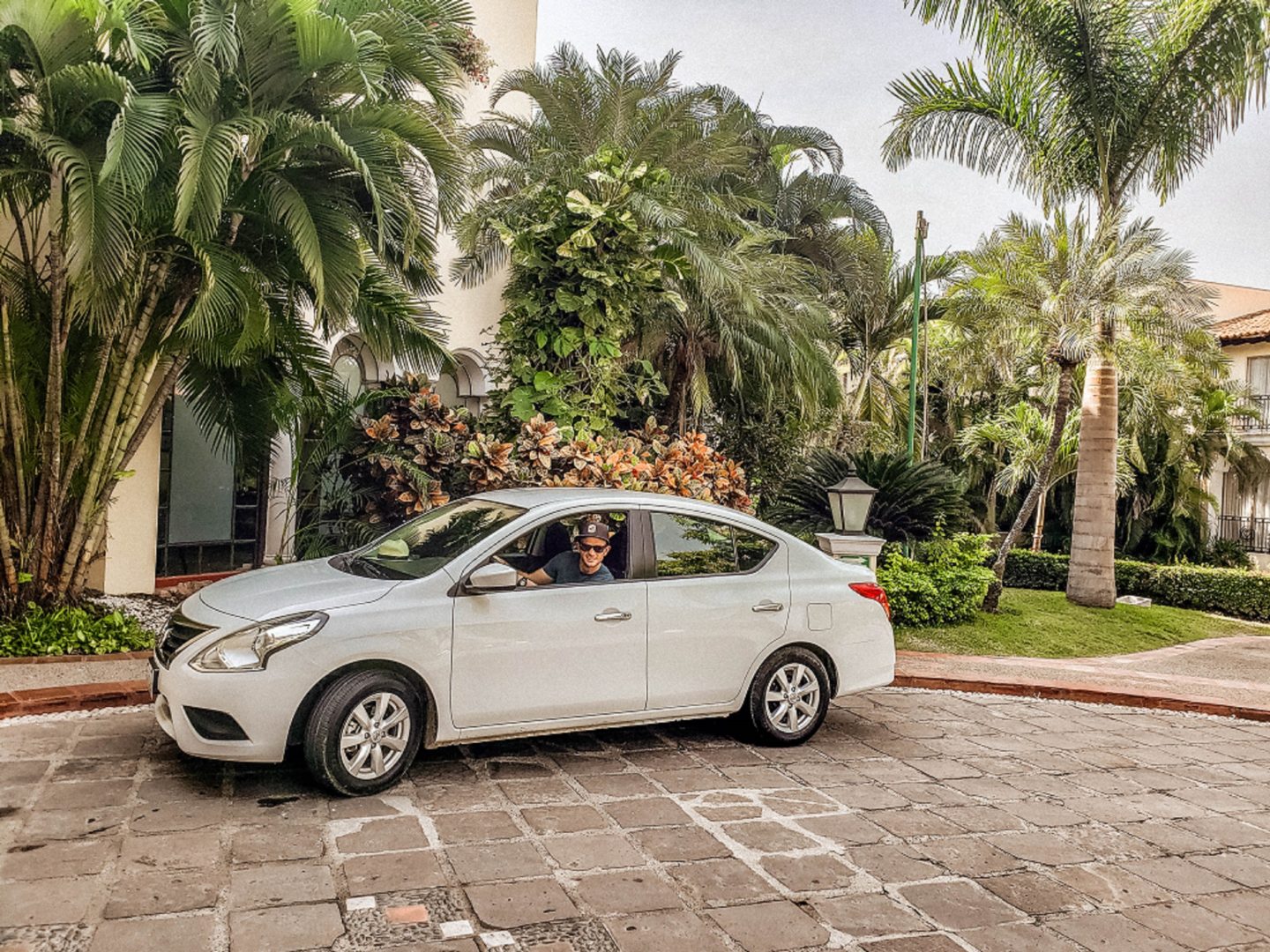
Taxis
Taxis are found throughout the world and are great for their flexibility in timing and routes. In some places, you can even hire a driver to take you around all day, either as a tour guide or just for driving you around That way you don’t have to be subject to train or bus schedules, you can just get in the car and go! Hiring a taxi for any distance can be a complicated interaction, however.
You’ll want to do your research as to how best to take a taxi where you are. You’ll want to know if taxis are metered or not. Find out what is common for the destination…there may be official metered taxis and unofficial ones, too! If meters are generally not used, you’ll want a good idea of pricing so you can negotiate. Ask someone at your hotel how much it should approximately cost to get to your location. You’ll also want to know if there are any popular taxi scams and how to avoid them.
Trains
Trains can be a great way to get around a city or even travel long distances. Some modern cities such as London and Tokyo have incredible train systems. Europe as a whole has a great train system going from country to country, and a train trip across somewhere like India will be an experience you will never forget!

If you’re staying in one city for several days, it might be a good idea to see if the train operators offer a discounted multi-day ticket, instead of using single-ride tickets. You’ll also want a good map of the train system, especially in a city that has a lot of lines. A pocket-size paper map is always a sure bet, or you can save one to your phone. Check your app store to see if the city you’re visiting has a transit app. I’ve used ones in Paris and Rome and they are such lifesavers! Another fantastic app is CityMapper, which is available for 41 major cities across the world (at the time of writing). CityMapper has tons of offline features and can help you plan your trip in many ways, from trains to buses to walking.
I would also recommend doing a quick search to see if there are any peculiarities about the transit system you’re trying to use. Some have train cars that are only for women, to help prevent sexual harassment. Some systems have big problems with pickpocketing (I’m looking at you, Europe). Be sure you know on which side of the escalator to stand or walk. Londoners will throw you over the side if you’re standing on the left! The metros can be daunting at first, but with a great map and a couple of rides to get the hang of it, they can be the absolute best way to get around a city.

Train travel can also be a fun and sometimes romantic way to travel long distances. These journeys can run the gamut from a few hours crammed into a car with a few dozen new friends to a luxurious private sleeper car with its own (small) bathroom. Some train journeys are even trips within themselves, such as the Rocky Mountaineer in Canada or the Trans-Siberian in Russia. For transportation purposes, you’ll want to compare cost and time versus flying. If you have limited time, flying might be a more economic way of getting somewhere. The cost of train travel can also vary, depending on what level of comfort you want. Rome2Rio is a great resource for having cost, time, and routes all together in one place, you just type in your starting point and destination and it will show you all the ways to get from A to B.
Ride-Sharing (Uber, etc)
I personally love that ride-sharing is becoming more popular abroad and is so easy to use during international travel. Some of the worse scams I’ve encountered in my travel life have been with taxi drivers, and ride-sharing just takes all the guesswork out of getting a ride somewhere. When I visited Egypt, I was thrilled that there was Uber in Cairo, as I had heard that taxi drivers were especially aggressive. Trips from our hotel in Giza to downtown Cairo cost barely anything, and we didn’t have to worry about getting scammed, language barriers, or anything like that. The one hurdle you will face is working out how to get data on your phone in the country you’re visiting. The easiest thing to do is usually pick up a local SIM card in the airport when you arrive, then you should be set for your trip.
To be totally transparent, I’m not a huge fan of Uber’s company culture. I prefer to use an alternative when I’m home in the US. There are a few international alternatives (check out this list), but the fact that Uber is in over 700 cities across the world makes it hard to ignore. When I’m in a place where I think the taxi situation might be difficult or other public transportation doesn’t make sense, I look past the parts of Uber I disagree with and get on my way (literally).

Buses
Buses are another great and often inexpensive way to get around, both within a city and long distances. In fact, aside from walking taking a bus is often the cheapest form of transportation. Bus services across the world run the gamut from clean and easy to dirty and frustrating, so make sure you know what you’re getting yourself into. If you have to be somewhere at a certain time (such as for a flight), check out how reliable the buses are. If they’re frequently late or don’t run on much of a schedule, you might want to consider another form of transportation.
Having a grasp of routes and payment is always a good idea when embarking on a bus journey. A local bus may give change or it may only allow exact change, you’ll want to know so you’re not holding everyone up. Just like with local trains, having a route map and schedule on you will definitely help. I’m personally not great with local buses so I like to follow along stop by stop just to make sure I’m going in the right direction, lest I end up on the other side of town from where I want to be.
Long-distance buses are usually cost-effective and can have routes that go a few hours hours away to several days away. Usually you can book these types of tickets ahead of time, but it varies depending on the location. Do a quick search to see if booking ahead is necessary or recommended, in case your route is popular and you want to guarantee a seat. You can also check out amenities, which can help if you need to decide between more than one bus company. I almost always prefer a bus with air conditioning and will pay more for it. Especially when I’m in a tropical location!

Other forms of transportation
While trains, taxis, and buses may be common in most places, there are often forms of transportation that are either less formal or are unique to the destination. A little research will go a long way when it comes to alternate transportation, as each place will be different.
There are a lot of places with less formal forms of transportation, such as the colectivos in Mexico. A colectivo is usually a mini-van that locals will use as a cheap way to get around. You can get in one at a designated stand, or you can flag one down along its route. They don’t really have a schedule and will just go when they’re full, and stop when someone yells out to stop. These types of transportation can be a fun and cheap way to get around, but can be frustrating if you don’t know the particulars of how to get a ride.
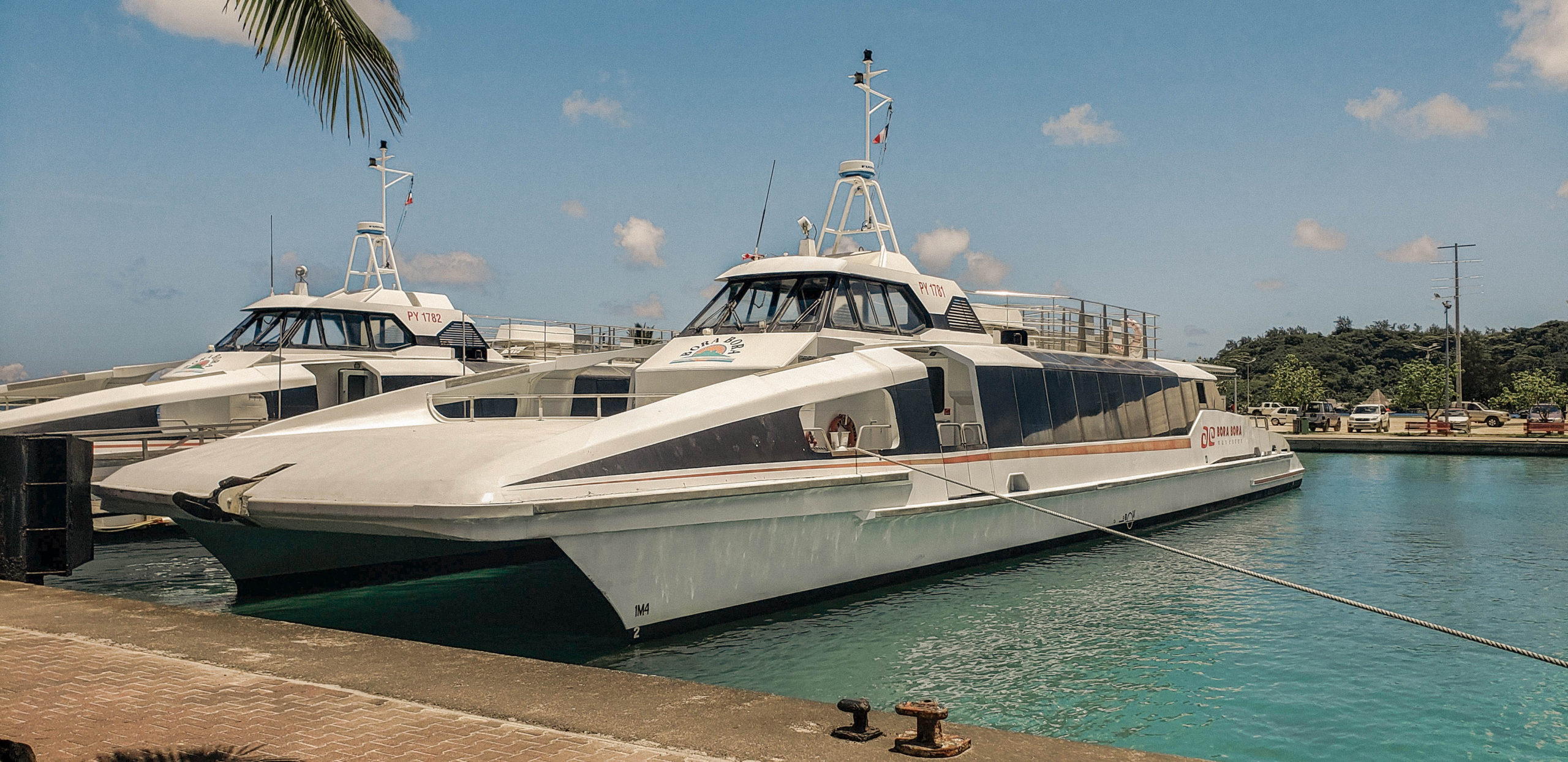
Your destination may even offer an entirely unique way of getting around, which may be fun just for the story! Some examples of this are the gondolas in Venice, Italy, the bamboo train in Cambodia, or the famous chicken buses in Central America. Click here for a list of unique modes of transportation around the world.
Just as a note, if you choose a mode of transportation that involves an animal please do your due diligence to make sure the handlers treat the animals well. If you have any doubt that the animal is healthy, please reconsider your choice.
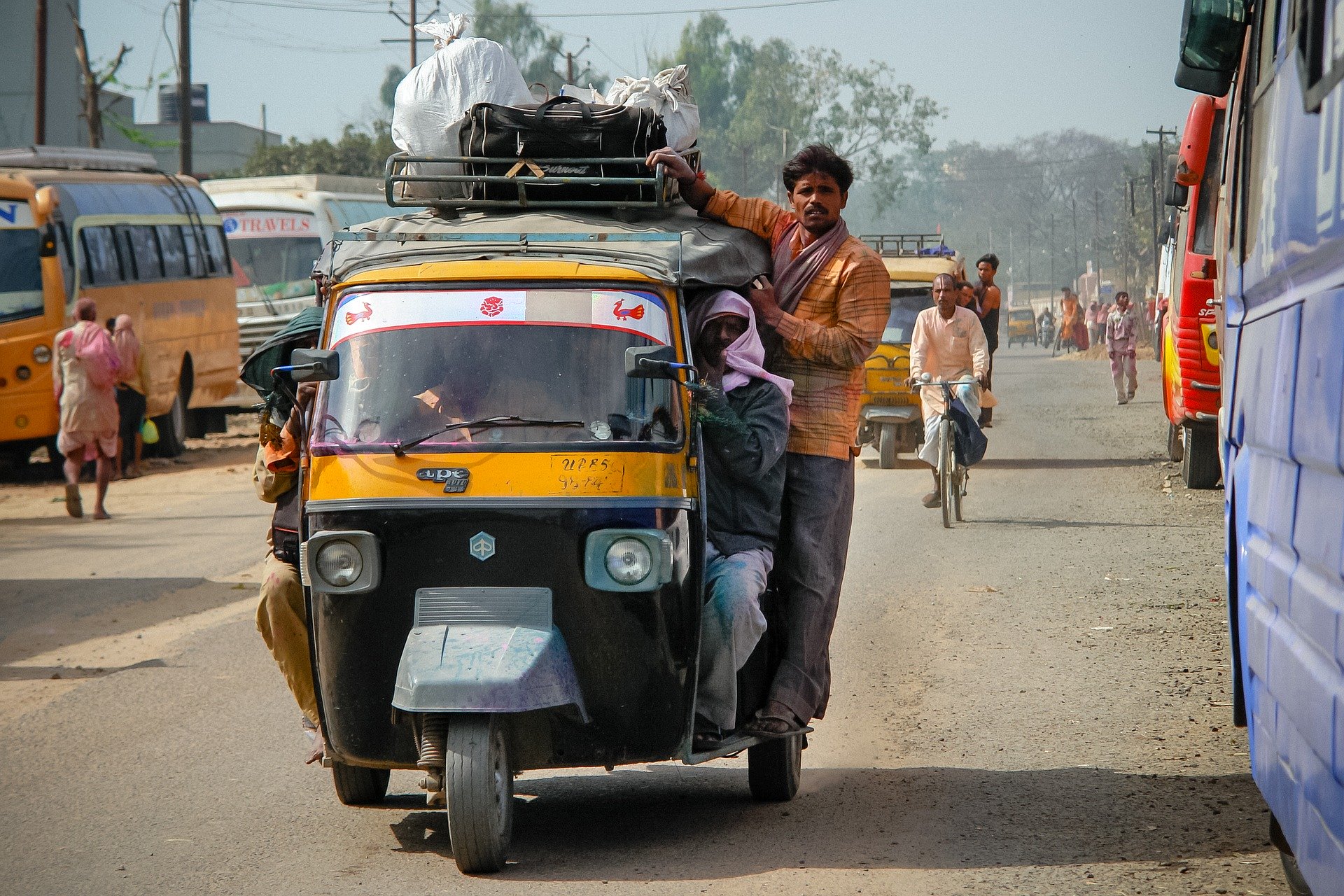
Fave Travel Gear
Safety & International Travel
It’s always a good practice to have a general idea of safety during travel, but you should do a little research that is specific to your situation and destination. If you are a female solo traveler, for instance, you’ll want to do a quick search to see if where you want to go is generally safe for a woman by herself. If you’re planning on renting a car, is it safe to drive at night? In some places, it can be quite dangerous. These are the types of details you’ll want to keep in mind. It’s not to scare you of course, but just so you can have the best peace of mind possible during your vacation.
It’s also a good idea to check out if there are any specific advisories for your destination. The United States State Department website gives each country a rating of 1-4, with 1 being the lowest and 4 being “do not travel”. The site will give you details on a country’s rating and what its for, whether its a health-related issue, an issue with terrorism, a problem with violent crime, or some other problem. These ratings are meant to be a guideline, and don’t mean that you absolutely cannot travel to a place. Nor do they mean that if you go somewhere with a low rating that something bad won’t happen. Just use your best judgement with regards to your own situation.

I hate to have to mention this, but take special care if you are either a woman, a part of the LGBTQ community, or both. Make sure to do your research on your destination to know how to keep yourself safe. As a woman, I have been sexually harassed even while standing next to my husband, and rape is a major issue in a lot of countries. Same-sex couples should do a quick search to find out how tolerant their destination is of their lifestyle. Some reactions can be unfortunately violent, or may even be illegal. I hate having to write this paragraph and I’m not saying it to scare anyone. I just believe that awareness is key in keeping yourself safe and having an enjoyable holiday! Stay safe, everyone.
Money
Although the money topic might seem straight forward (you have money, you pay for goods and services…done, right?), there are a few nuances you’ll want to keep in mind when doing international travel. First, research whether your destination generally accepts cards in most places, or if cash is king. It has been my experience that most first world countries widely accept credit cards. However I was actually surprised in Germany when I discovered that they still like cash best! I also got a shock in London a couple of years ago when I went to pay for something and they didn’t accept my type of card…they only used “tap” payment and wouldn’t take a chip card.
The moral of the story is that it’s always a good idea to have a bit of cash on you just in case. I generally find that taking cash out of an ATM is cheaper than exchanging money, and you’ll get a better rate.

If you are able to and want to use a credit card, check your foreign transaction fees. A few percent may not seem like much, but on a long trip this can add up. My favorite international travel credit card is the Chase Sapphire Preferred. With no foreign transaction fees, 2Xs points on travel purchases, and killer travel benefits such as lost luggage reimbursement and trip interruption insurance (plus more bennies, click here to check them out), it’s an all-around great credit card to have for travel. Click here to apply!
Also, have a general idea of what the exchange rate is to your home currency. Try to find a nice round number to make the conversion easier, and always try to round up. I prefer to think I’m paying more than I actually am than the other way around. Having a general idea of what you’re spending will keep your budget (somewhat) on track! A great app that I use (which you can use offline) is Currency Plus.
Local Language & Phrases
Although you will get around just fine without knowing any of the local language, I always feel a little better and more respectful if I know at least hello and thank you. I find that locals seem to love it (or find it amusing) when I try to speak their language a little, and it creates a little connection. Plus, knowing a few words will help you get around immensely, even if those words are “bathroom” and “how much”. The free DuoLingo app can help a lot before your trip when you want to learn a few words.
An tool that I love when I’m doing international travel is Google Translate. It has been a lifesaver on many occasions! You can go online before your trip and download the language of the place you’re going. You won’t have to be online for the translations, making it super easy! It can even translate printed words by using the camera on your phone, such as when you’re reading a menu or are lost and looking for road signs. Plus, it just helps you communicate so much better with the locals when you need to!

Local Customs
International travel can be tricky in many ways, but knowing local customs can help you navigate some social situations. There are actually a lot of hand gestures that I use in America that are unwelcome elsewhere! In order to blend in and better yet not offend anyone, it’s best to know what you shouldn’t be doing. For instance, something as innocent as a thumbs up can be offensive in Greece and certain parts of Italy! In China, there’s even a whole list of how you should and should not use your chopsticks. Who knew, right? My point is, it’s best to be aware so hopefully you can avoid any offense or confrontation.

Not all customs are about avoiding offense, however! You might want to know what’s going on just to avoid confusion. Say for instance, you’re out and about in Spain around 3 PM…and no shops or restaurants or open! You have stumbled upon siesta time, my friend. You will find most places closed during this time in the afternoon so everyone can have a little break! I wish we had that in America… Sometimes even something like crossing the street can have an interesting twist. In New York, you will pin yourself as a tourist if you stop and wait for the light to turn green before you cross the street. And you haven’t lived until you’ve crossed a street in Vietnam! It’s a harrowing experience but you have to just watch the locals and GO…don’t run, don’t stop. The crazy motorbike traffic just somehow parts around you.
I’m sure no locals expect tourists to know ALL of their customs…but they will appreciate if you know a few. Have fun with it! Knowing just how to accept vodka shots from a Russian or eat Pho with a Vietnamese family might bring about a fantastic local experience during your international travel, and even of course better memories!
Visa Requirements
As much as this is a global world these days, you should not overlook visas. If you show up to a country without the proper paperwork, your butt will be right back on that plane and on the way home! No one wants that. International travel visa requirements will vary by country, and they’ll also vary depending on what passport you hold. Some visas may take a decent amount of time and money to get, so you’ll want to research this several months before your trip. Many places also require a minimum number of months of passport that your passport is still valid for. If your passport is expiring within a year you’ll want to closely consider that.
For an example that’s on the more complicated side, it’s quite a process for an American to gain a visa to visit China. You have to visit a consulate or embassy in person to apply, or send someone on your behalf. That means you have to live near or know someone who lives near an embassy, and there are only six of them in the U.S.! You can pay to have it done by a visa expediter, but that costs a pretty penny. The visa fee is already high, the lowest you’ll pay for a Chinese visa is $140USD!
My point is, although entry requirements for countries are usually fairly easy, it CAN be expensive and complicated. It pays to plan ahead, especially once you start spending money on flight and hotel bookings.
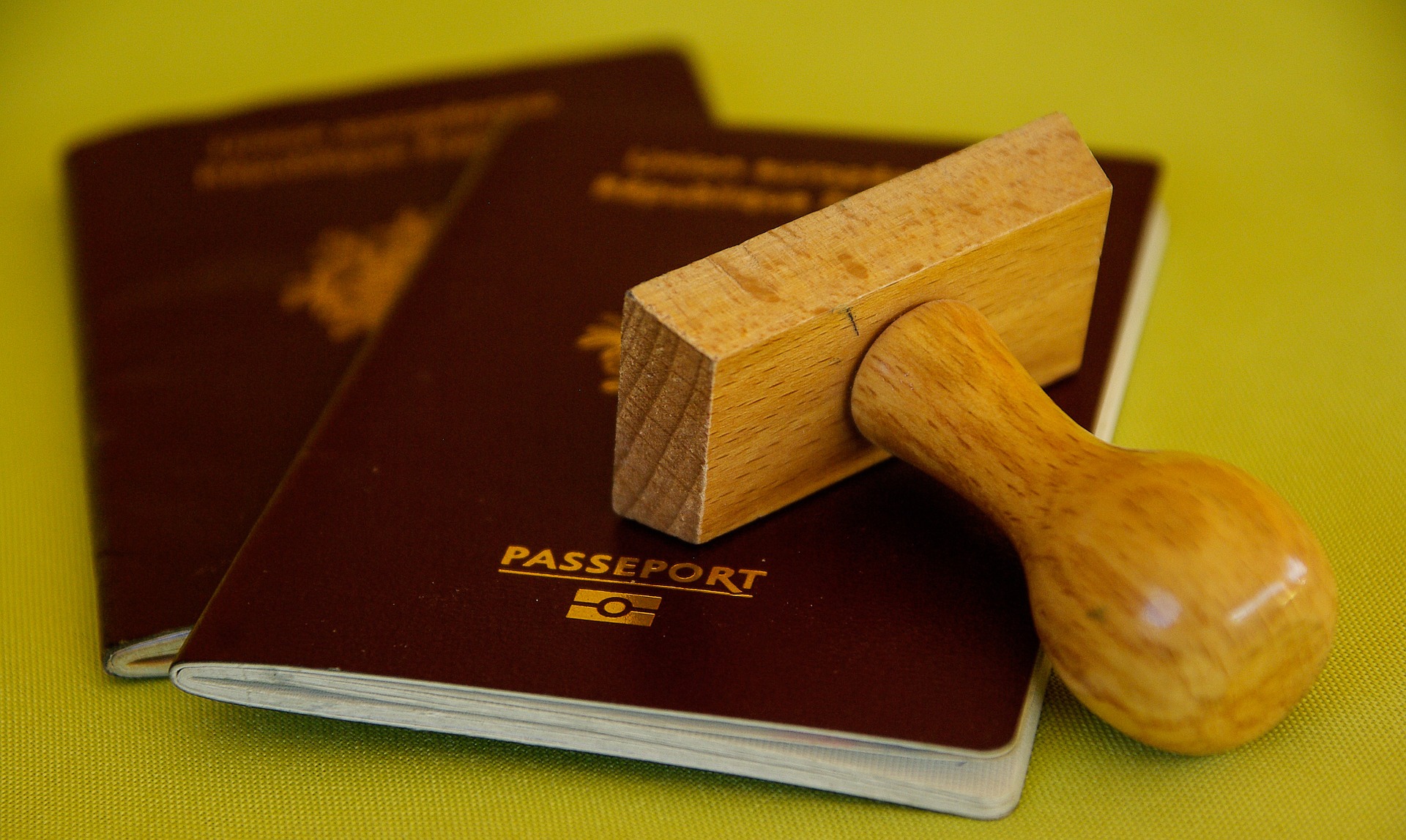
International Travel Scams
Unfortunately, there are plenty of scammers out there looking to take advantage of unsuspecting tourists. On one hand, these people often live in poverty. They doing what they can do feed themselves and their family, even if it is dishonest. I as an American will probably make more money than a lot of people will ever see. I’m very aware of that and have infinite gratitude for my situation. On the other hand, this also makes me a target for scammers.
There are plenty of different types of scams out there, from the distracting tactics of European pickpockets to the “the-meter-is-broken” spiel taxi drivers all over the world give. I’m not writing this to make you scared of locals. In fact I’ve met a lot of kind and honest locals all over the world who have helped me out. I just want you to have the knowledge so that you are able to carefully consider your options. This way you’ll be able to make an educated decision about whether someone is worth trusting. The Expert Vagabond wrote a great blog post here about several common travel scams and how to avoid them. Also make sure to research your specific destination, in case there’s a hyper-local scam that could be relevant.
In my international travel to 40+ countries, I have never had anything dangerous happen to me (knock on wood). Only a handful of annoying scams have plagued my travels. I’ve been taken to different shops or hotels than I wanted (where the person gets a kickback for bringing me). I’ve had a few things stolen, and I’ve also caught a pickpocket red-handed. With a little research and common sense, it’s relatively easy to have an incident-free trip.
Above all, don’t worry!
I know it seems like a lot…especially since this blog post is closing in on 4,000 words! There are definitely a lot of factors that one must consider when planning international travel. I didn’t even mention anything personal, such as budget or destination preference! But once you have a few trips under your belt, these things will become second nature. You’ll already be familiar with the tools that I’ve mentioned here, making it that much easier to get the info. Travel should be fun, so lean into it!
Ready, set, travel!
Like this post? Make sure to Pin it!
The Photo/Video Gear We Use









